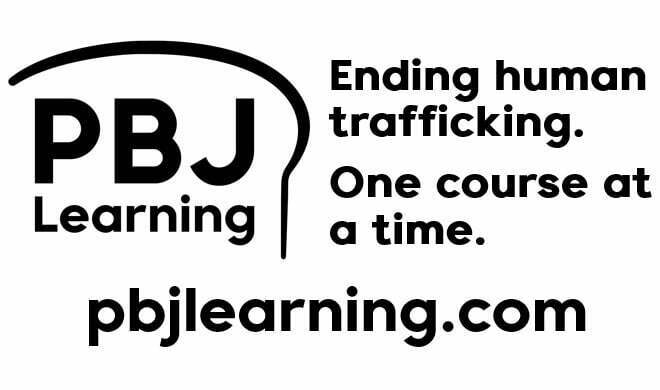The New Prostitutes? What is human trafficking evolving into?
Dear Global Centurion Foundation friends, we wanted to highlight a Letter to the Editor from Melissa Farley, Ph.D., Executive Director, Prostitution Research & Education, to the New York Times, regarding Robert Kolker’s article “The New Prostitutes”. Please share her thoughtful reply to your circles. There are no “new prostitutes” as Robert Kolker puts it.Instead, there…

